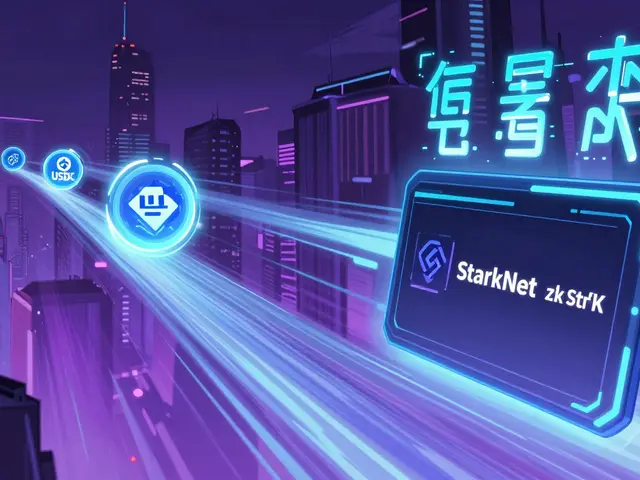Cryptocurrency Mining Pools: How They Boost Your Mining Returns
When working with cryptocurrency mining pools, a group of miners combine their computing power to increase the chances of solving a block and earning rewards. Also known as mining pool, it lets small‑scale participants share rewards instead of competing solo. This model is key for any proof‑of‑work network because it smooths income and keeps the chain secure.
One of the core ingredients of a pool is hashrate, the total computational power that all members contribute. A higher combined hashrate means the pool finds blocks more often, which directly translates into more frequent payouts. Think of it like a carpool: the more drivers you have, the faster you reach the destination. In mining, the destination is the block reward, and the speed depends on how much hashrate the pool can marshal.
Fees, Payout Methods, and Reward Distribution
Every pool charges a pool fee, a small percentage taken from each reward before it’s split among contributors. Fees usually range from 0.5% to 3%, and they cover infrastructure, maintenance, and developer costs. But the fee isn’t the only factor that matters. reward distribution, the method a pool uses to split earnings among miners—whether PPS, PPLNS, or SOLO—shapes your cash flow and risk profile. For instance, PPS gives you a steady payout per share, while PPLNS can yield bigger spikes when the pool hits a block after a long streak.
Choosing the right pool also means looking at the underlying proof‑of‑work consensus, the algorithm that requires miners to solve cryptographic puzzles to add blocks. Different coins use different PoW algorithms—SHA‑256 for Bitcoin, Ethash for Ethereum (until the merge), and RandomX for Monero. Each algorithm favors specific hardware, so the pool you join should align with your rig’s capabilities. Mixing a GPU‑heavy rig with a SHA‑256‑only pool would waste power and increase costs.
In practice, a good mining pool balances three things: a high collective hashrate, transparent fee structures, and a payout scheme that matches your risk tolerance. When you compare pools, check their uptime history, community support, and any extra services like merged mining or built‑in monitoring dashboards. Those details can make the difference between a smooth profit stream and a series of frustrating delays.
Below you’ll find a curated list of articles that dig deeper into each of these topics—how to evaluate pool fees, the math behind reward distribution, optimizing hashrate, and navigating proof‑of‑work specifics for popular coins. Whether you’re a hobbyist looking for steady income or a serious miner hunting the best ROI, the guides ahead give you actionable insights to make the right choice.
Learn what cryptocurrency mining pools are, how they work, major players, fees, risks, and tips for choosing the right pool for your mining setup.
Read More





